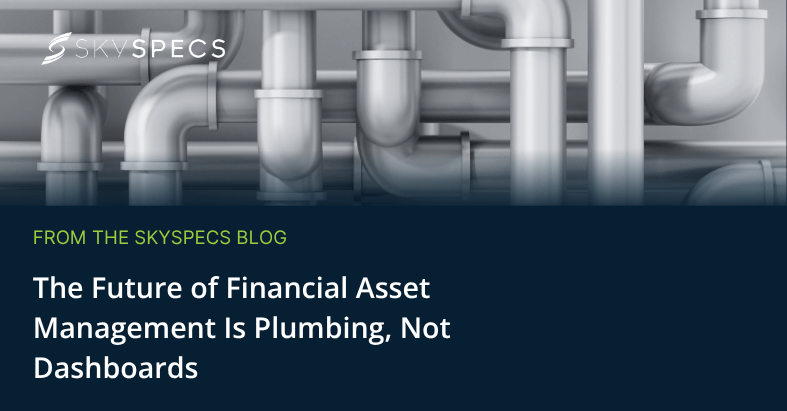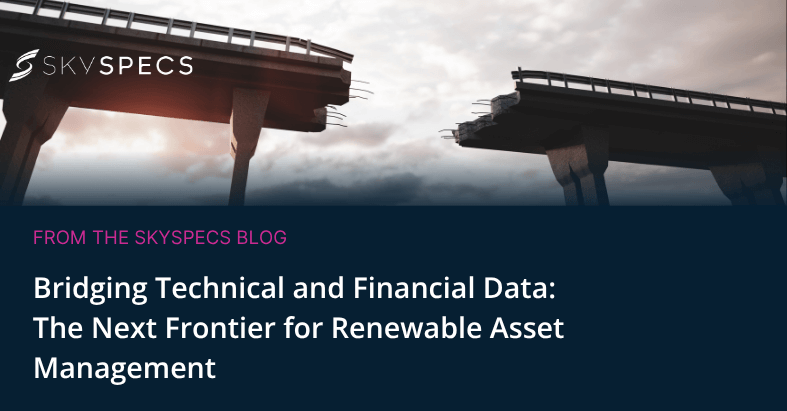Dashboards don’t fix bad data. Pipelines do.
In finance, it’s tempting to believe that fancy dashboards = control. But in practice, if data pipelines are weak, dashboards are just polished illusions. What looks like insight often hides inconsistency, latency, or mis-aggregation. This problem is amplified when your financial data sources originate outside your organization through your Outsourced Service Providers (OSPs)
1. When dashboards fail in finance
We see variants of this again and again:
- A fund rolls out a consolidated dashboard showing cash positions across SPVs only to discover that one SPV’s transactions had been omitted because its accounting feed lagged by weeks. The dashboard was eventually ignored.
- A credit risk team builds a real-time risk exposure dashboard. But model inputs (e.g. exposures, collateral data) arrive late or incorrectly, so the dashboard systematically underestimates risk. Over time, users lose trust and revert to offline spreadsheets.
- In financial services more broadly, some mergers have been haunted by data mismatch: for example, after Charles Schwab acquired TD Ameritrade, clients reported incongruities in account balances and transaction history — underlying data inconsistencies created “dashboard” confusion for customers.
The story isn’t: “The dashboard was bad design.” The story is: the data pipelines feeding it were flawed, incomplete, or stale so the dashboard was meaningless in practice.
2. Plumbing = Data Pipelines in finance
By “plumbing,” we mean data pipelines, the layer that ensures financial data is timely, reconciled, normalized, and trustworthy. For asset managers and funds, that involves:
- Integration of bank feeds, ERP/GL systems, and OSP uploads
- Ownership and elimination logic across SPVs, funds, and consolidated units
- Data validation, anomaly checks, and version control
- Latency and refresh guarantees (knowing when data is “current enough”)
Do this right, and the dashboards above it become tools for decisions, not decorative artifacts.
3. Dashboards only become useful after pipelines are solid
Once you have reliable pipelines, dashboards shift from being a “presentation layer” to a decision engine. You can:
- Trust real-time liquidity views
- Build forward cash forecasts with confidence
- Monitor risk exposures dynamically across the portfolio
- Surface deviations or anomalies proactively
That’s when scale becomes feasible without proportionally scaling headcount.
The bottom line
In asset management, the future isn’t about who has the flashiest dashboard. It’s about who has the cleanest pipelines flowing into those dashboards.
Because only with solid pipelines can you deliver trust, scale, and insight.
Strong data pipelines are the foundation for scale in asset management. Dashboards only work once the pipes are right.
Curious how we’re solving this with funds and OSPs? Let’s connect.



